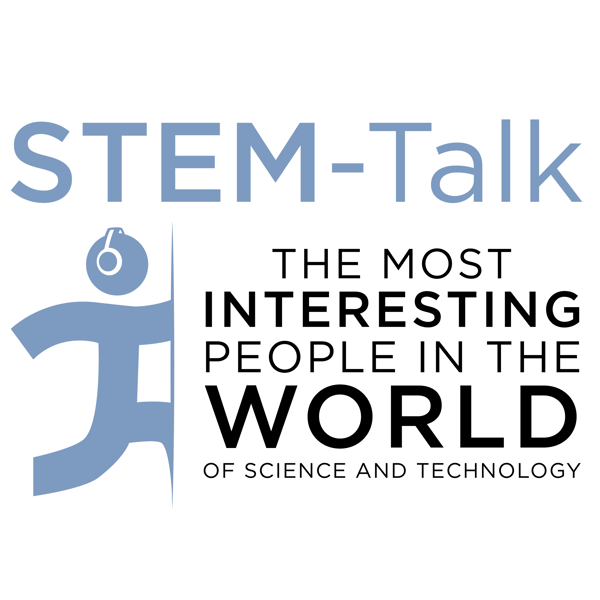Episode 91: Irina and Michael Conboy explain tissue repair and stem-cell rejuvenation
STEM-Talk
Dawn Kernagis and Ken Ford
4.6 • 694 Ratings
🗓️ 2 July 2019
⏱️ 79 minutes
🧾️ Download transcript
Summary
Transcript
Click on a timestamp to play from that location
| 0:00.0 | Welcome to STEM Talk. |
| 0:01.1 | Stem Talk. |
| 0:02.0 | Stem Talk. |
| 0:03.0 | Stem Talk. |
| 0:04.0 | Stem Talk, where we introduce you to fascinating people who passionately inhabit the scientific and technical frontiers of our society. |
| 0:14.0 | Hi, I'm your host, Don Cornagus, and joining me to introduce today's podcast as a man behind the curtain, Dr. Ken Ford, IHMC's director and chairman |
| 0:21.3 | of the double secret selection committee that selects all the guests who appear on STEM Talk. |
| 0:25.1 | Hello, Dawn. Great to be here today. |
| 0:28.0 | So our guests today are doctors, Arena and Michael Convoy of the Department of Bioengineering |
| 0:33.3 | at the University of California, Berkeley. In their lab at Berkeley, the convoys investigate |
| 0:37.4 | the process of tissue repair in the body |
| 0:39.5 | in an effort to determine why damaged tissues do not productively repair as the body ages. |
| 0:44.7 | So in today's interview, you will hear the convoys talk about their early research and a fascinating |
| 0:48.9 | technique they pioneered called heterochronic paribiosis, where the couple took a young mouse |
| 0:53.4 | and an older mouse |
| 0:54.4 | and joined them together surgically. |
| 0:56.0 | So the convoys found that the older mouse benefited from this fusion, and its aged stem cells |
| 1:00.2 | became rejuvenated, and its muscle tissues became functionally stronger. |
| 1:04.0 | Since then, the convoys follow-up research has provided fascinating insights into stem cell |
| 1:10.0 | niche engineering, tissue repair, and stem cell aging |
| 1:14.1 | and rejuvenation. And this remarkable research coming out of the convoy lab has profound implications |
| 1:19.2 | in terms of postponing the onset of age-related diseases, as well as the prevention of degenerative |
... |
Please login to see the full transcript.
Disclaimer: The podcast and artwork embedded on this page are from Dawn Kernagis and Ken Ford, and are the property of its owner and not affiliated with or endorsed by Tapesearch.
Generated transcripts are the property of Dawn Kernagis and Ken Ford and are distributed freely under the Fair Use doctrine. Transcripts generated by Tapesearch are not guaranteed to be accurate.
Copyright © Tapesearch 2025.

